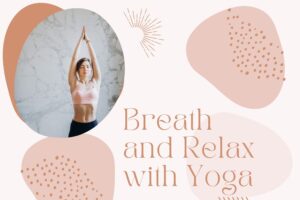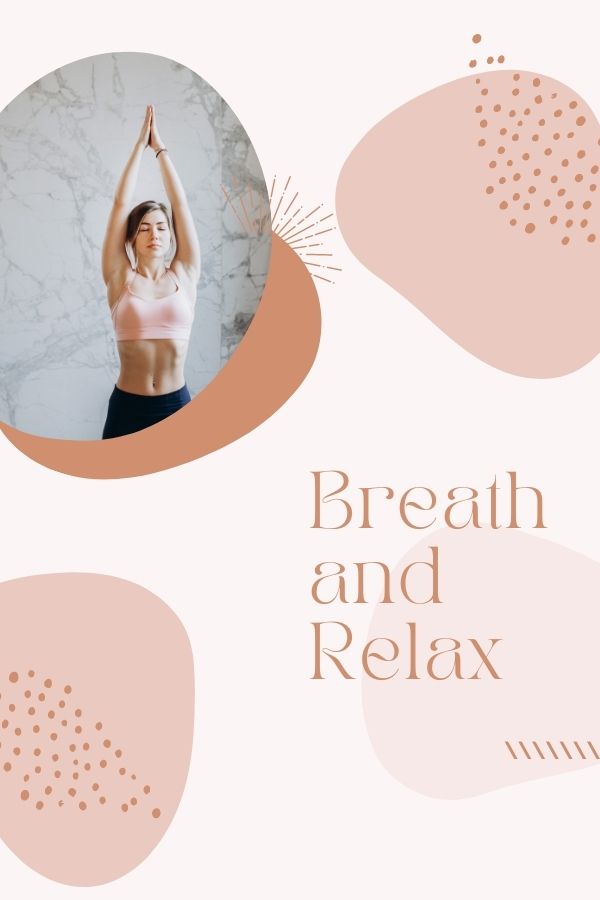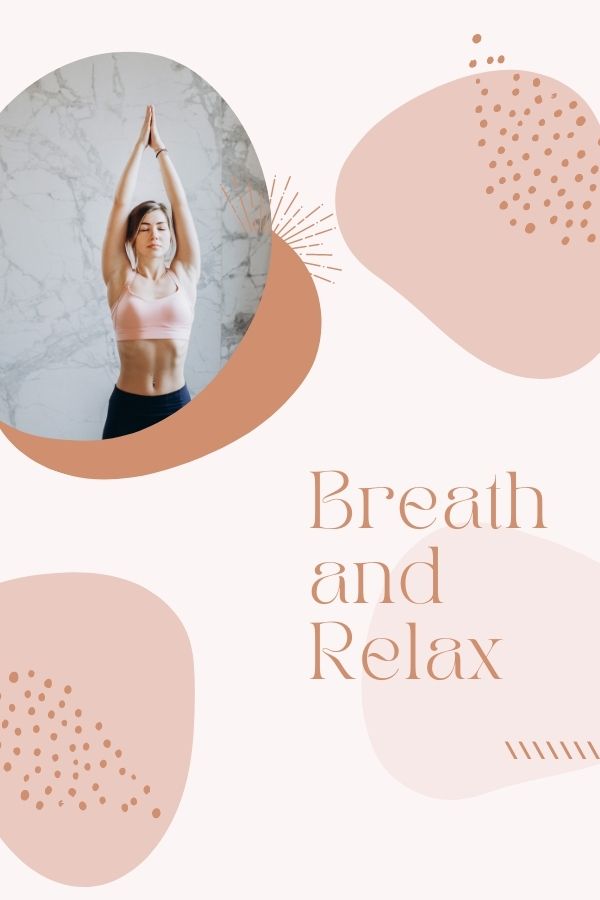
Have you ever considered trying yoga for stress and anxiety relief?
There is a definite connection between the way a person breathes and the health of their mind. Most people are not going to recognize this, but to someone who is experienced in yoga it is a simple statement of fact. Yoga teachers believe that shallow and rapid breathing are a result of stress. If shallow and rapid breathing are normal for you this will result in your body maintaining a more stressful state as it’s norm.
Take notice of how you are breathing. If your normal breathing is rapid and shallow it causes the body’s stress response to always be on alert. This results in chronic stress which leads to other debilitating effects.
Take time to relax even if it is just a couple minutes. Sit back for a moment and practice breathing deeply way into the bottom of your lungs.
Breathing Techniques
Yoga teaches you how to breathe slowly and deeply. Once learned, this more relaxing way of breathing can become a way of life.
Breathing through your nose allows greater resistance to the air that flows in the nasal passages. Another benefit of breathing through your nose is the air that comes in becomes warm as it is filtered through your nostrils.
When doing yoga, breathing is very important, maybe even more than the poses. Ujjayi breathing that is used in yoga allows you to calm your mind by focusing on your breath. This method of breathing narrows the vocal cords which then in turn increases air flow resistance and slows down your breathing.
Abdominal breathing squeezes more of the air out when you exhale. Therefore, a larger and more oxygenated breath volume will be achieved. Taking deeper and slower breaths will bring in more oxygen into the lungs and therefore into the bloodstream. Breathing deeply also helps eliminate more carbon dioxide and other waste products.
The process of deep breathing as practiced in yoga will help trigger a sense of calm and a healthier state of being. It releases tensions in the sense organs and will relax facial muscles. Improved communication between the brain and all of the sense organs will result in a feeling of being more restful and whole.
Advantages of Practicing Yoga Breathing Techniques
When your breathing is rapid and shallow the carbon dioxide levels in your body are elevated. This can lead to mental agitation and an overall loss of physical and mental efficiency. The breathing techniques that are taught in yoga enable the parasympathetic nervous system to be more active reducing the activity in the sympathetic nervous system. This creates a more sense of calm because your “fight or flight” response is less active.
The diaphragm is a muscle. The diaphragm of a person who Is chronically stressed is likely to be relatively fixed and inflexible. The good news is that the diaphragm will eventually become more elastic as more correct breathing exercises are performed using yoga. As you improve your breathing skills you will find yourself much more capable of handling stress whether it be physical or emotional.
Improve Your Thoughts with Yoga
Yoga can help make a huge difference in the way you think. Many of the fears and anxiety we have are about things that may never happen. Lessoning those fears help us relax and thus creates an environment that makes us more stress free. Becoming less stressed helps us get through our day easier. We don’t deplete our energy with needless worry.
Practicing yoga on a regular basis can bring us to a sense of calmness and tranquility that fills our whole being. Highly recommended for stressed individuals.
Individuals with rheumatoid arthritis have a lot going on in their lives that can make us stressed. Using yoga to reduce stress is a beautiful and natural way to find relief every day.
See Our Post of Recommended Yoga Programs
PIN FOR LATER


